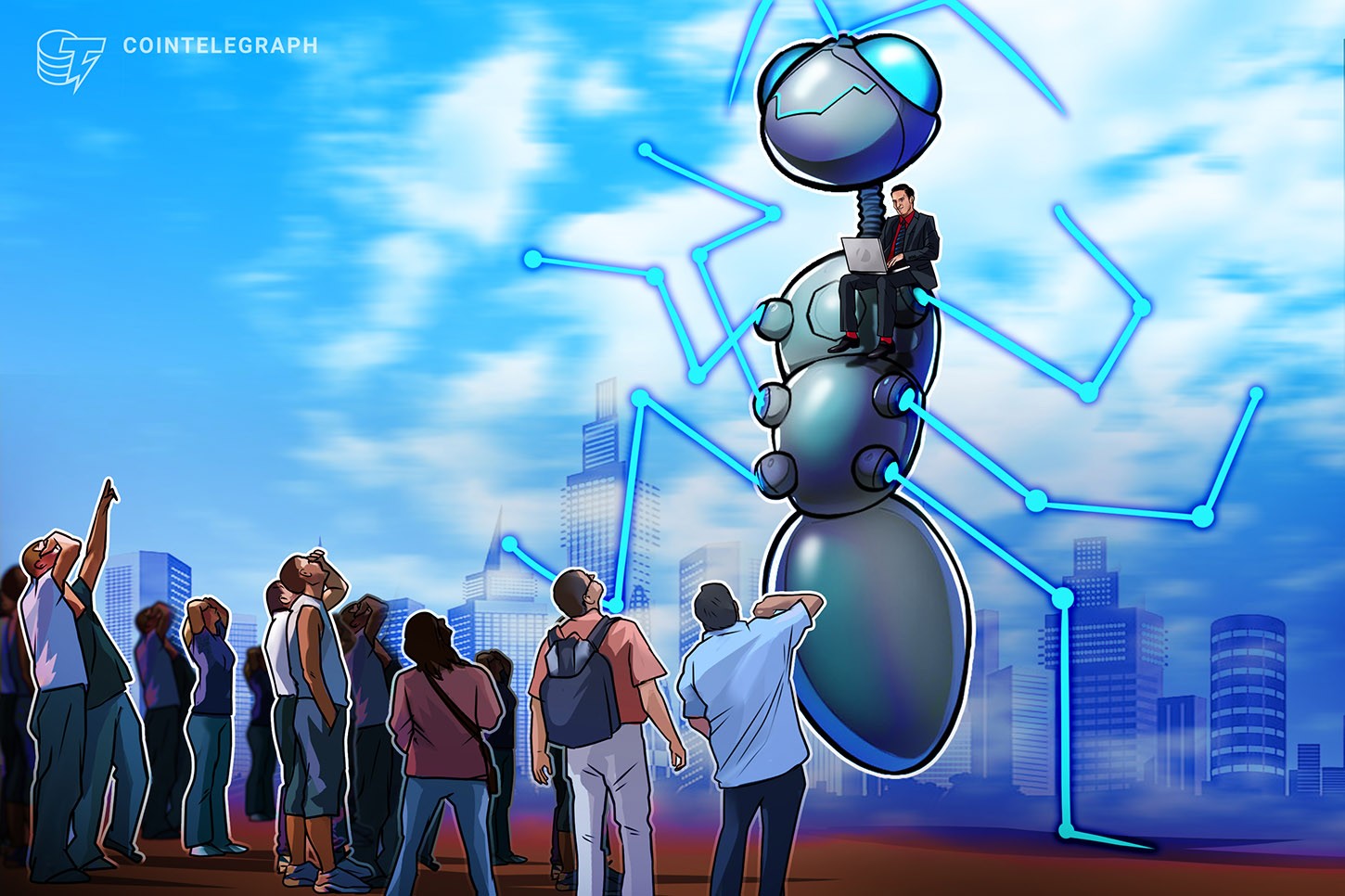For years, tribalism has plagued the blockchain industry. Developers align to specific consensus protocols and defend technologies that use them, regardless of their limitations. These deeply rooted divisions are slowing the innovation needed to scale blockchain for future adoption.
The enterprise market is only beginning to understand the promise of blockchain, and that promise will be difficult to achieve until blockchains can communicate and cooperate with each other. To achieve this, developers, companies and hobbyists alike must be able to leverage every platform without being locked into one simply because the platform developers are not working together.
Blockchain can bring transparency, security, new incentive models and ownership of data to the world at a time when these traits are desperately needed. The COVID-19 pandemic has exposed how fragmented supply chains are and how difficult it can be to align the incentives of an industry so that it can act quickly in a crisis.
As the World Economic Forum states:
“This specific challenge is not only a technology problem, but also a problem in governance, data ownership and commercial business models in terms of how they incentivize ecosystem stakeholders to collaborate with each other.”
This challenge is one that blockchain can help solve. When we need a consensus of governance and technology that is both transparent and auditable, we need blockchain.
It has been 11 years since the publication of the Bitcoin white paper, and yet the blockchain industry was not ready when the world desperately needed us. Why? Artificial barriers such as platform lock-in and tribalism created needless friction, stifled the core of this movement, and left us flat-footed when blockchain solutions were called upon.
One of the biggest lessons from 2020 is that the world needs us to work together — to rally behind solving an issue that is bigger than our silos. While some blockchain-based solutions have emerged to address the pandemic crisis, there hasn’t been a collective response. Not yet, anyway.
The pandemic is not over, and there will be events in the future that show us other critical deficiencies in the systems the world depends on. The question is, will the different tribes be prepared to solve the big and important challenges, or will we stay in our niches, content to debate philosophical minutiae? If we want to realize blockchain as the big and important transformative technology it can be, we need to talk seriously about interoperability.
The first step forward
Interoperability is the ability for multiple blockchains — with their various opinions on consensus models and resource governance — to communicate with each other. This means that a developer can input data on one chain and create some effect on another.
When it comes to smart-contract blockchains, which are necessary to solve big complex problems, developers have a lot of choices: delegated proof-of-stake or proof-of-work, public or private, permissioned or permissionless, C++ or Solidity, etc. Options are generally a good thing, unless it’s difficult to understand how to make a good choice or if a bad choice may result in a very expensive misstep. Many of these options are artificially conflated and end up creating platform lock-in that is difficult to break.
It does not need to be this way. Code should be code. Whether it is deployable on a platform is a negotiation between the platform and the developer. Essentially, if you’re familiar or comfortable with coding in Solidity or with the nuances of Ethereum smart contracts, you should not have to sacrifice your specific preferences to be a part of a different blockchain’s community. Embracing interoperability means empowering the developers that didn’t adopt your preferred platform, and Block.one is seeking to incentivize our community to do just that.
We challenged our community, our developers, and our best and brightest to empower another platform’s developers. We incentivized our developers to learn the Ethereum Virtual Machine inside and out. As a result, public blockchains like Telos are beginning to offer drop-in support for Ethereum applications.
This is a necessary, important first step. Ethereum developers can use the tools and languages they are familiar with: They can build the same EVM bytecode they would deploy to an Ethereum-powered blockchain and drop it into an EOSIO blockchain seamlessly. Their clients, using Web 3.0, can simply shift to a different set of API providers as if it was another Ethereum-based blockchain. To be clear, the ability for Ethereum developers to leverage the benefits of EOSIO is only a single example.
The journey ahead
Blockchain seems to be engaged in a space race. Developer communities are competing to see which can garner the highest number of applications running on their platform, which can process the highest number of transactions per second, and which blockchain can position itself as a viable service offering for enterprise and government customers. Imagine what could be achieved if the key players pooled their resources to cooperatively solve global problems, such as transforming an aging supply chain during a pandemic. Block.one, Telos, Binance, Ethereum and several others have taken the important first steps, but we need to see everyone in the industry rally behind these solutions.
Blockchain is still evolving. We have not yet achieved a global application that leverages multiple different blockchain technologies and benefits from each one’s strengths in concert. It’s vital for the leading platforms and talented developers to work together to implement solutions that make accessing blockchain easier for newcomers in order to enable the industry to achieve its fullest potential.
The views, thoughts and opinions expressed here are the author’s alone and do not necessarily reflect or represent the views and opinions of Cointelegraph.
Bart Wyatt is the director of solutions architecture at Block.one. He leads Block.one’s core blockchain engineering team. With more than 18 years in IT, and the last seven dedicated to asset tokenization and decentralized identity, Bart has experience overseeing technology teams at several firms that specialized in personal privacy solutions, deniable attestations, degradable cryptographic proofs, gaming and advertising technology.


